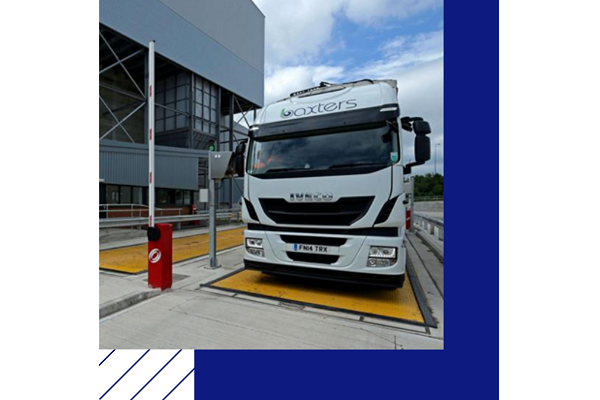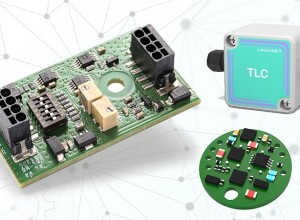NWI Group (Australia) - Weighbridges can be found in many sites all over the country and across many industries. They are used to determine the mass of a vehicle and its contents. Public weighbridges, for example, are more regularly used to ensure that load limits aren’t exceeded. In other industries, a weighbridge is used for the same reason, but it also measures the weight of a truck’s load.
These large measuring tools are crucial for trade, determining freight costs, and ensuring safety. Of course, the biggest requirement for a weighbridge is accuracy, and this is achieved through regular calibration.
What is weighbridge calibration?
In very simple terms, calibration refers to the process of checking that a weighing instrument is accurate. When calibrating a weighbridge, a load of a known quantity is placed on the device to determine its accuracy. Of course, it’s more complex than that, but this is the basic process of determining whether a weighbridge is performing with precision.
Traceable weights are usually used in the weighbridge calibration process because testers have full confidence that these weights are of a certain weight. If the weighbridge provides alternate readings, it can be considered inaccurate.
Common reasons for weighbridge inaccuracy
Because the majority of weighbridges are located outdoors, there are several environmental factors that can impact their operation. Perhaps one of the most common issues isn’t with the weighbridge itself or any specific components. Rather, problems can occur if there isn’t a continuous gap between the weighing platform and the weighbridge surrounding. Stones and other foreign objects can become wedged in this gap, causing binding. This means the weighing platform can’t move as it should, and readings may be inaccurate.
Water is another problem if it accumulates on or underneath the weighing platform. It can damage components under the platform and also adds weight to the platform before weighing. Essentially, the weighing platform needs to be completely clear of debris and water prior to weighing.
Aside from environmental factors, weighbridges can suffer wear and tear just like any other instrument. Bolts can loosen or break, parts can become rusted, or there can be other forms of mechanical failure. Load cells and cables can also be a source of problems.
How often to calibrate a weighbridge:
Ideally, your weighbridge should be calibrated every 12 months to ensure optimal performance. There is no definitive answer to this question, however, a lot of factors can influence how regularly you calibrate your weighbridge.
Compliance with ISO standards may be one influencing factor. You may also have contracts with customers that require regular calibration to ensure accuracy. Also, if you’re subject to any inspections by government authorities, you’ll want to ensure everything is working correctly.
Finally, if your weighbridge needs to be trade-approved, you’ll need a Certification Form provided by your calibration company. This is one instance where you should have your weighbridge calibrated at least every 12 months.
Need weighbridge assistance?
NWI Group is NATA Accredited under ISO 17025 to ensure our clients’ weighing instruments are calibrated to meet all industry regulations. Our calibration division has decades of experience in calibration, service, fault finding and repair. If you operate a weighbridge, either for public use or as part of your business, you understand how important accurate measurements are.
For more information on how we can help with your instrument calibration needs, contact the team today. As Australia’s leading provider of instrument calibration, we’re the team to call to ensure precise weighbridge operations.



























Interested? Submit your enquiry using the form below:
Only available for registered users. Sign In to your account or register here.